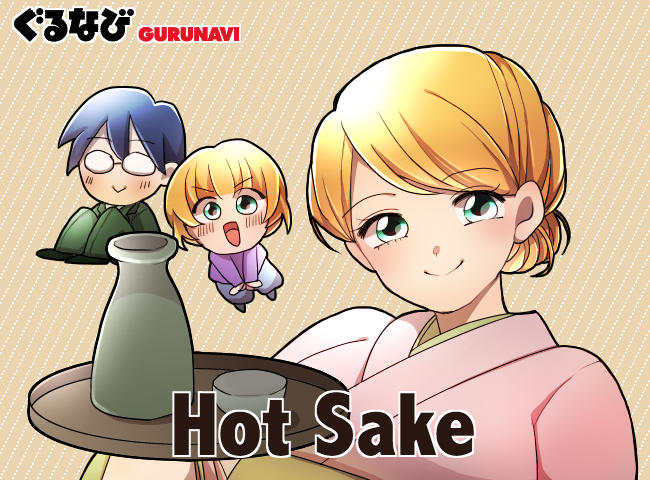Kagoshima Food: Come for Nature, Stay for the Cuisine
Kagoshima prefecture, located on the southwestern tip of Kyushu island, was formed from the ancient provinces of Satsuma and Osumi; though far from the excitement of Tokyo and Osaka, the region offers many attractions for domestic travelers and foreign visitors, alike. Kagoshima City, the prefectural capital, features a balmy climate and its own active volcano Sakurajima, which is a good destination for hiking, foot baths, and hot springs. Nature lovers should also consider visiting Izumi plains to the north, which is famous for bird watching with tens of thousands of majestic cranes migrating each winter from China and Siberia. And those with a passion for anime may be interested in the primeval rain forest of Yakushima, an UNESCO World Heritage Site and the inspiration for the forests in the Ghibli animated film Princess Mononoke.
Of course, there is also an array of stunning regional Kagoshima food to be sampled during your trip—famed throughout Japan for its distinct and delicious ingredients and flavors. If your plan includes a sojourn to the scenic vistas of Kagoshima, keep reading to find out what cuisine you should try during your Japan travels.

Satsuma-age (Surimi Fish Cake)

Satsuma-age, or “tsuku-age” as it’s locally called in Kagoshima, is a fried fish cake made from surimi (a fish paste that is also used to make imitation crab meat). It’s said to be based on a traditional dish from the former Ryukyu Kingdom (modern-day Okinawa prefecture) that was introduced to the Satsuma region (modern-day Kagoshima prefecture). It’s typically eaten dipped in soy sauce or as an ingredient in dishes like oden.
Read: Guide to Oden
Gane (Sweet Potato Tempura)
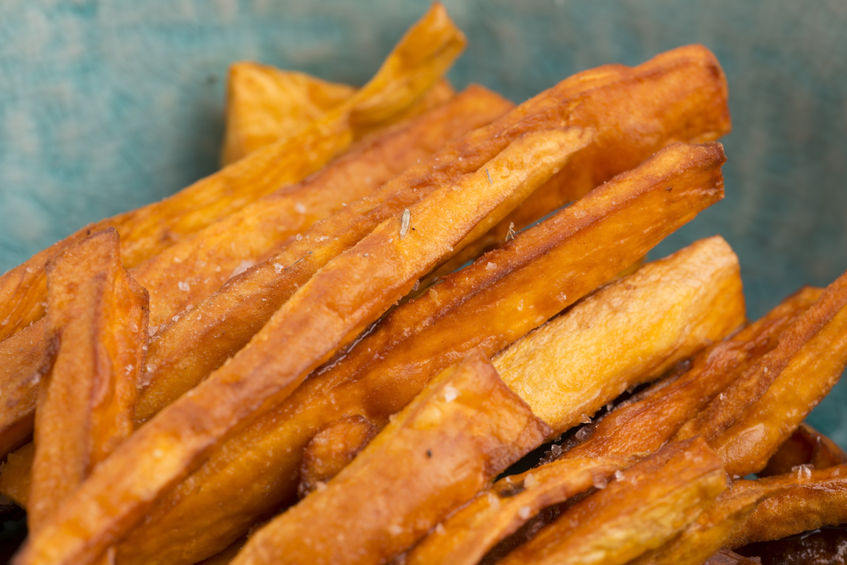
Gane is a dish of julienned sweet potatoes that are dipped in tempura batter and deep-fried. The dish gets its name from the Japanese word for “crab” in the local Kagoshima dialect as the fried batch of sweet potato sticks resembles the crustacean’s legs. Other julienned root vegetables like burdock and carrot may also be included in the mix.
Kibinago (Silver-stripe Round Herring)
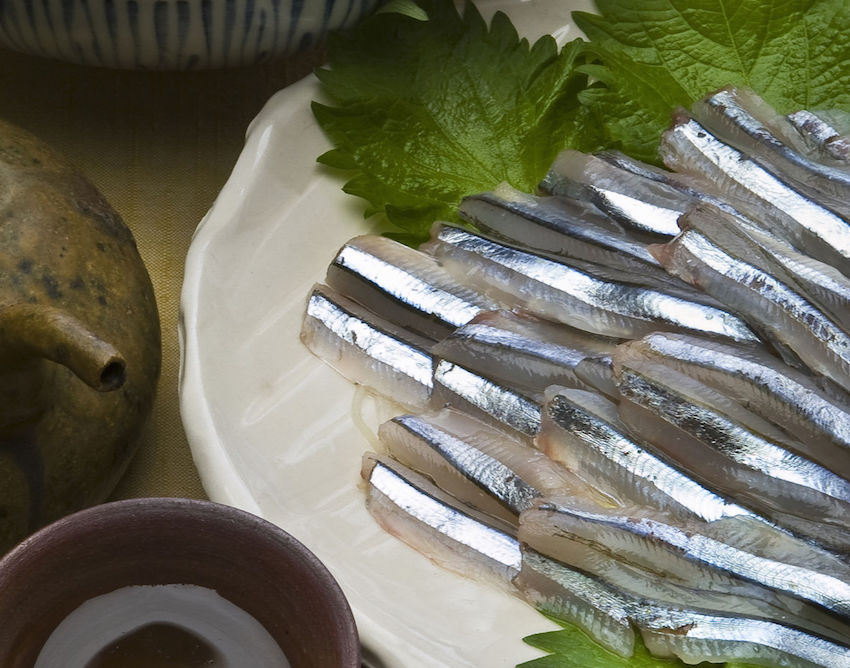
Kibinago is a small type of herring that measures around 8–10 centimeters (about 3–4 inches) and is commonly used as bait for larger fish like tuna. However, kibinago is also served a variety of ways in Kagoshima. The fish can be enjoyed raw as sashimi that is arranged in the elegant shape of a chrysanthemum flower for a dish known as “kikka zukuri,” or it can be salted and grilled, deep-fried tempura style, or even cooked in sukiyaki in place of beef.
Read: Japanese Sukiyaki: Traditional Hot Pot, Untraditional Sauce
Torisashi (Chicken Sashimi)
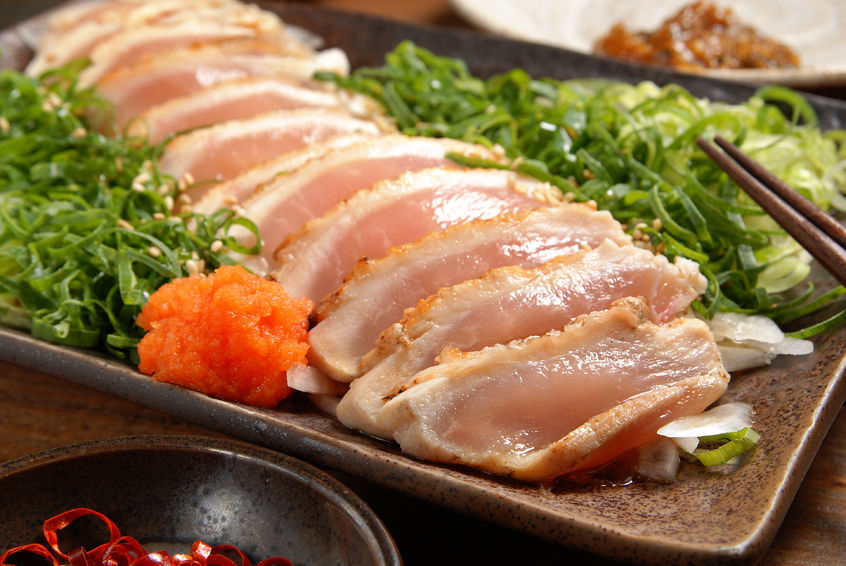
Torisashi, or chicken sashimi, is a dish of raw chicken thinly sliced and served with grated ginger, garlic, and spring onions. The exterior of the chicken may be seared to add additional flavor. The dish is a delicacy of Kagoshima and only the very freshest local chicken is use to ensure food safety.
Kagoshima Ramen
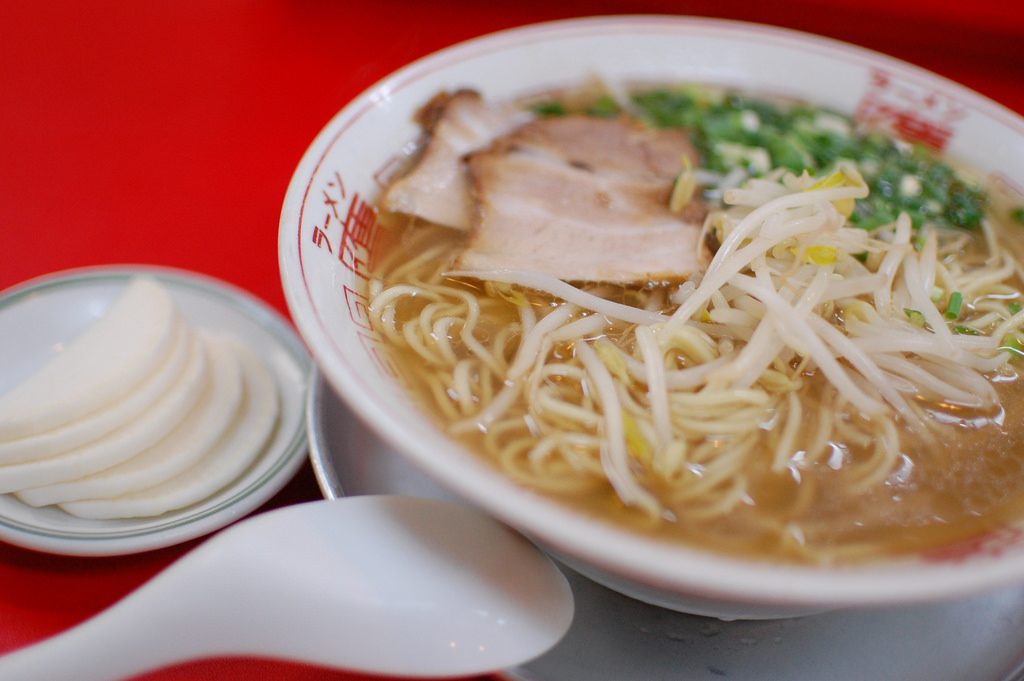
Image by Daisuke FUJII on flickr.
The local Kagoshima style of ramen is flavored with a mellow soup of pork, chicken, and vegetable broth. The noodles, which are served quite soft, may be either thick (Okinawan style) or thin (Taiwanese style). Kagoshima ramen is topped with char siu pork, kikurage (wood ear) mushrooms, scallions, bean sprouts, and crispy fried onions.
Kurobuta (Black Pork)
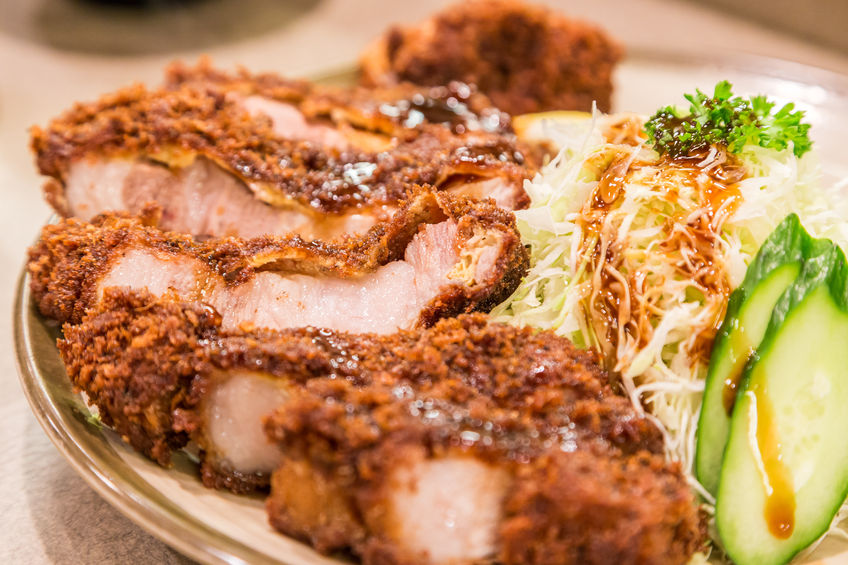
Kurobuta is the name for the black Berkshire pork that is raised in Kagoshima prefecture. Berkshire pork is a heritage breed from England that was shared with farmers in Kagoshima over 400 years ago. Kurobuta pigs feed on local satsuma-imo (sweet potato), which is said to give the pork a richly marbled texture that is clean in flavor. The famed samurai of Satsuma are believed to have derived their strength from a diet of kurobuta pork, when meat-eating was largely considered taboo in the rest of Japan.
Satsuma Shochu (Sweet Potato Spirits)

Shochu is a traditional distilled Japanese spirit. The Kagoshima style known as “Satsuma shochu” is made using the popular regional sweet potato. In Kagoshima, it’s served warm with water to draw out the aroma and flavor.
Read: Guide to Shochu
Kiikon (Simmered Cut Chicken)

Kiikon is a traditional dish of Kagoshima that’s cooked for guests and served on special occasions like during the annual New Year’s Day feast. It’s made with local Kagoshima jidori chicken that is cut on the bone and simmered together with vegetables in a soy sauce broth. Kagoshima soy sauce is naturally sweeter than soy sauce from other regions of Japan, which combines with the chicken bones and vegetables for a wonderful flavor. The dish gets its name from the word in local Kagoshima dialect for “cut” or “chop.”
Katsuobushi (Bonito Flakes)
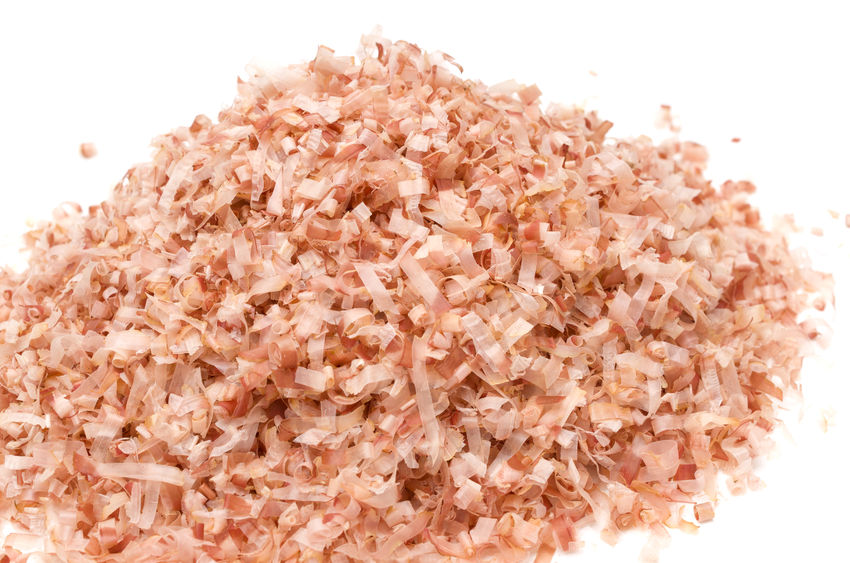
Katsuobushi, or bonito flakes, are made by drying and smoking katsuo (skipjack tuna or bonito) fish and shaving the smoked fish into paper-thin flakes. Katsuobushi is an extremely important ingredient in Japanese cuisine and is used for everything from making dashi broth to a condiment for dishes like yakisoba and okonomiyaki.
Read: What Is Dashi?
Katsuo No Tataki (Seared Bonito Sashimi)

Katsuo no tataki is a dish of bonito fish that is seared on the outside and cut into thick sashimi slices. It’s garnished with grated ginger, wasabi, and sliced spring onions, and is served with ponzu, a citrus-infused soy sauce. Although Kochi prefecture has become more well-known throughout Japan for its tataki, Makurazaki City in Kagoshima is a major area for producing bonito and has also traditionally been famous for this dish.
Akumaki (Bamboo-wrapped Rice Cake)

Akumaki, known as “chimaki” in other regions of Japan, is a traditional cake made with glutinous rice wrapped in bamboo leaves and cooked in lye made from ashes. Although cooking with ash may seem unusual, this technique was also used in China for making moon cakes, and it’s believed that akumaki first arrived to Kagoshima via China. The ash preserves the rice cake, which made the dish a popular military provision for samurai in the Satsuma region during the famous Battle of Sekigahara in 1600. Today it’s eaten in Kagoshima in May as part of the Children’s Day festival celebrations. Akumaki has a plain flavor eaten alone but is commonly sweetened with sugar, honey, or kinako (toasted soy flour).
Read: Guide to Japanese Mochi
Exploring Kagoshima Regional Cuisine Begins with Gurunavi
From Ghibli fanatics to nature enthusiasts, Kagoshima has something for everyone. And you’ll be sure to enjoy the local cuisine while you’re there, which includes some of the most interesting and unique foods in all of Japan as well as the country’s very best pork. Check out Gurunavi for Kagoshima area restaurant listings, and don’t forget to pick up some Satsuma shochu or bonito flakes as a souvenir while you’re there!








